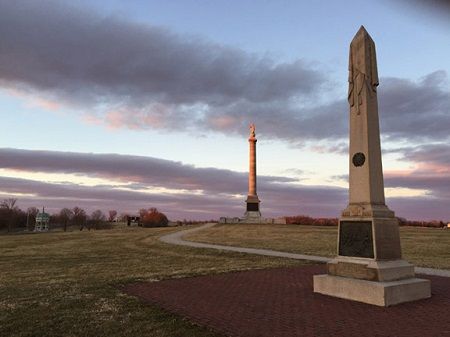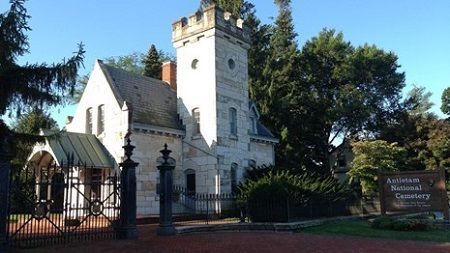- Revenue Cycle Management
- COVID-19
- Reimbursement
- Diabetes Awareness Month
- Risk Management
- Patient Retention
- Staffing
- Medical Economics® 100th Anniversary
- Coding and documentation
- Business of Endocrinology
- Telehealth
- Physicians Financial News
- Cybersecurity
- Cardiovascular Clinical Consult
- Locum Tenens, brought to you by LocumLife®
- Weight Management
- Business of Women's Health
- Practice Efficiency
- Finance and Wealth
- EHRs
- Remote Patient Monitoring
- Sponsored Webinars
- Medical Technology
- Billing and collections
- Acute Pain Management
- Exclusive Content
- Value-based Care
- Business of Pediatrics
- Concierge Medicine 2.0 by Castle Connolly Private Health Partners
- Practice Growth
- Concierge Medicine
- Business of Cardiology
- Implementing the Topcon Ocular Telehealth Platform
- Malpractice
- Influenza
- Sexual Health
- Chronic Conditions
- Technology
- Legal and Policy
- Money
- Opinion
- Vaccines
- Practice Management
- Patient Relations
- Careers
Antietam National Battlefield: Your Choice of History By Foot or Car
If you're looking for history and a choice of walking or driving trails – the Antietam National Battlefield in Sharpsburg, MD may be for you.

When the morning mist lifted over the cornfields in Sharpsburg, MD, on September 17, 1862, the bloodiest battle of the Civil War began. By the end of the day at Antietam, 23,110 men lay dead or wounded. The battle was the bloodiest one-day struggle in American history. Sharpsburg, 69 miles northwest of Washington, DC, is about a 1.5 hour drive from the nation’s capital. The battlefield is well-worth a visit.
Antietam, one of the best preserved and least commercial battlefield parks, provides a dignified memorial to the soldiers, a powerful sense of the battle for visitors, and a pastoral landscape that looks very much as it did on the fateful day. And that makes all the difference.
Pick up a brochure at the Visitor Center and watch one or both films. “Antietam Visit” is a 26-minute overview of the battle and “Antietam” is a one-hour documentary shown every day at noon and provides more details. The facility’s small museum displays muskets, bayonets as well as a drum — the kind used by Charles King. A drummer in the 49th Pennsylvania Infantry, the 13-year-old was the youngest soldier known to have been killed that day.
In the fall, as well as summer and spring, the combination 11-stop driving tour plus the park’s trails provide a sobering lesson about war — made even more powerful against the bucolic setting of leafy trees, cornfields, and flowering meadows. Although neither side gained a decisive victory at Antietam, the horrendous battle altered the course of the war by preventing General Robert E. Lee’s army from advancing into the North. As a result, Great Britain postponed its endorsement of the Confederacy.
Be sure to get out of your car and walk. An easy trail is the .25 mile paved path outside the Visitor Center that leads you to a row of canons, the reconstructed Dunker Church, which functioned as a hospital, as well as to the Maryland monument, the only park memorial to honor both Confederate and Union soldiers since Maryland, a border state, drew fighters for both sides.

Most of the morning phase of the battle took place at Miller’s cornfield, brochure site #4. General Joseph Hooker stated in his report, “In the time I am writing every stalk of corn in the northern and greater part of the field was cut as closely as could have been done with a knife and the slain lay in rows precisely as they had stood in their ranks a few moments before. It was never my fortune to witness a more bloody, dismal battlefield.” Because of the heavy casualties, the surgeons had run out of bandages and used corn husks to bind the soldiers’ wounds. Clara Barton came to their rescue with a wagon of medical supplies. A 1.6 mile walking trail follows the field’s perimeter.
Sunken Road earned its post-battle new name of “Bloody Lane.” After nearly four hours of Union and Confederate fighting, the blood of more than 5,000 men ran like water in this trough of a country road. At Burnside Bridge (originally lower bridge), look up at the wooded bluff, imagining 500 plus Confederate rifleman aiming at your head. That was the situation of the Union soldiers. Burnside Bridge is currently closed for renovations.
A small number of Confederate soldiers held off Major General Ambrose Burnside’s troops for nearly three hours before they took the bridge. The soothing babble of the creek and the shade trees make a sharp contrast to the Civil War carnage. The Snavely Ford Trail, a peaceful walk, begins here.
You won’t soon forget your visit to Antietam National Battlefield Park.
Photo Credit: National Park Service
